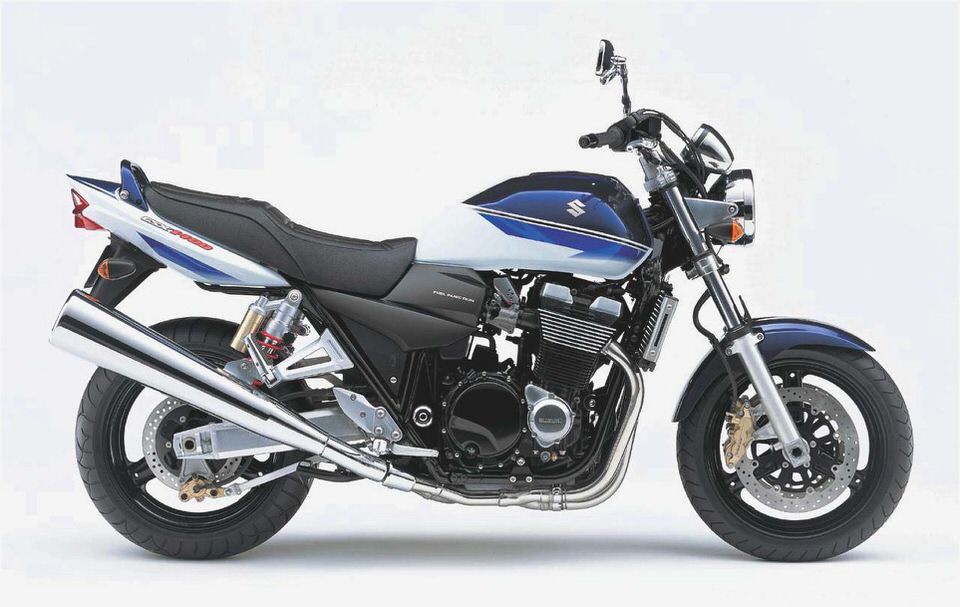
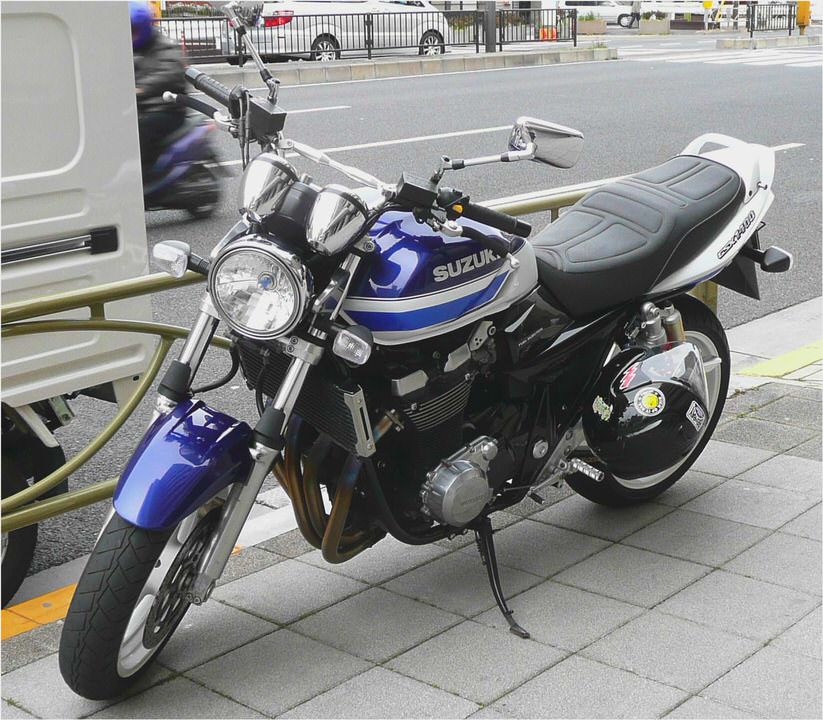
Specifications:
Introduction
A potent middleweight bike with more than a thing or two left to prove in its class, the Gixxer 600 is a beast backed up by the same fuel-injected 599cc, four-stroke, liquid-cooled, DOHC engine that is perfectly valued through a six-speed transmission, both units working closely together to power smoothly the light and nimble chassis out of those tight corners of the track.
Most to do with that will have the innovative Suzuki Dual Throttle Valve system featuring dual fuel injectors instead of one. Also, the rider will be choosing from three engine settings allowed by the S-DMS engine management system.
Without a doubt, the GSX-R will stand out from any angle, but more important is what keeps it on the scene, goodies such as the light aluminum frame, Showa suspensions and Tokico brakes. But what about this bike’s past?
History
Suzuki started production of the GSX-R 600 sport bike in 1992 to satisfy the market’s request of a more docile motorcycle compared to the GSX-R 750 model. Basically, what that means is that you would have the same engine specifications only that applied on a 599cc one. As a result, the water-cooled, inline-four, DOHC, 16 valves motor produced 106hp at 12,600rpm.
The bike carried on without changes in 1993 and then production was stopped for the next three years.
In 1997, the Gixxer marked its comeback with a totally redesigned engine featuring the SRAD (Suzuki Ram Air Direct) system. The horsepower number would have been decreased to 97hp at 12,100rpm for longer engine life, but the bike remained as fast as always due to the 75 lbs weight loss. Also, the new Suzuki looked way more refined than when it was first introduced, leaving no doubts that it would carry on with no interruptions this time.
The 1998 model year was produced without any changes brought to it.
But for 1999, things were about to go in the direction the motorcycle press anticipated. The low weight was still a thing the GSX-R 600 could brag about only that it was now moved by a greater stud: 110hp at 11,800rpm. That year marked a big evolutionary step and the bikes produced then are recognized by their yellow paint schemes.
Except from lightening that yellow color, the year 2000 brought nothing new to this Suzuki.
A major revision was planned for the 2001 Suzuki GSX-R600 involving a redesigned exterior and a more powerful engine. The first had the effect of lightening the bike to 359 lbs (pretty good compared to the previous 383 lbs) and, of course, making it sharper looking while the technical modifications brought to that water-cooled 599cc inline-four, DOHC, 16 valves engine resulted in 115hp at 13,000rpm.
Lighter, more aggressive, both in style and performance, the middleweight Suzuki sport bike didn’t reserve any upgrades for the next two years. From 2002 we can remember the GSX-R600 M Telefonica while 2003 brought the GSX-R600 Z Alstare.
As you already know, 2004 was a big year for Suzuki and that reflected on the bike we review today. Entirely new, the GSX-R600 features a 15mm narrower twin-spar black-coated frame, 20mm narrower at the knees fuel tank, 200mm closer together footpegs, fully-adjustable inverted 43mm front forks as well as a new rear shock. Also, the front braking system now featured four-piston radical-mount front brake calipers actuated by a radial-piston master cylinder.
By now, the engine produced 126hp at 13,000rpm. Color schemes available were Black/Red, Blue/White, Yellow.
The 2005 model year carried on with only new graphics added to it.
For 2006, Suzuki prepared a new engine and chassis, both being lighter and sharper performing. The seat was lowered (15mm) and the entire bike was shortened (also with 15mm) while the new fuel injection system features twin injectors for greater power. The redesigned fairing improved aerodynamics and the instrument cluster now featured a gear position indicator.
Colors combinations were: White/Blue, Red/Black, Black/Gray, Silver/White.
The 2007 model was painted Blue/White, Red/White, Black/Matte Black and Blue/Black.
The highest level of development was achieved on the 2008 model year. This is when the bike received significant revisions to the chassis and to the ingenious fuel injection system while the exhaust was now the coolest ever seen on a Suzuki bike and it also did the job well. Horsepower remains the same, but colors change into Blue/White, Silver/Yellow, White/Silver and Black/Matte Black.
2009 color schemes were Black, Blue/White, Orange/Black and White.
Competition
Suzuki may claim to have reached the highest level of development yet, but that is only when comparing to the different stages it has gone through over the years. In relation to the rest of the Japanese middleweight crowd, the GSX-R 600 is just a strong competitor.
For example the 2010 Honda CBR 600 RR ABS is an awful threat for the Suzuki, especially now that it has significantly evolved. Engineers have developed a new, electronically controlled Combined ABS system which will be standard on the bike and will gently intervene in the very last moment before the rider will practically lose the bike during a high speed corner. This gives confidence and support, resulting in better lap times.
It also ads 10kg to this bike’s mass, but the fuel-injected 599cc liquid-cooled inline four-cylinder engine is there to keep performance numbers at the same level as last year (118hp at 13,500rpm and 66Nm at 11,250rpm).
Like Suzuki, Yamaha didn’t thoroughly revise its 2010 middleweight sport model, the YZF-R6. but simply lengthened the muffler, revised the ECU and added new color schemes to the high-performance bike: Raven, Team Yamaha Blue/White and Pearl White. So the R6 remains the same awesome performer behind which sits the also fuel-injected 599cc liquid-cooled, four-stroke, forward-inclined parallel four-cylinder engine. This develops 129hp at 14,500rpm and 65.8Nm at 11,000rpm, so everybody should watch out for it.
Brand new for 2009, the Kawasaki Ninja ZX-6R now carries on with little changes brought to the 599cc, four-stroke, liquid-cooled, DOHC, four valves per cylinder, inline-four engine and aluminum perimeter frame as well as high-performance suspension and brakes. The Kawi weighs overall 421.2 lbs and with an MSRP of $10,499 it stands great chances to be the cheapest in its class.
Exterior
In what concerns this Gixxer’s design, it remains pretty much unchanged for 2010. In fact, ever since the 2006 redesign, they haven’t done much to it apart from modifying the headlight’s shape and creating that stylish looking exhaust. Still, Suzuki seems to have ridden the winds of change pretty good with this model, resulting into an aggressively styled piece of machinery with little in common with the one that first came out the factory gates back in 1992.
The front end is cockpit-aerodynamic with the headlight being perfectly integrated into the fairing and the signal lights into the mirrors supports. In fact, if you remove the mirrors and cover the headlight you’re in for a mean machine with pretty much nothing to distinguish it from a racing bike.

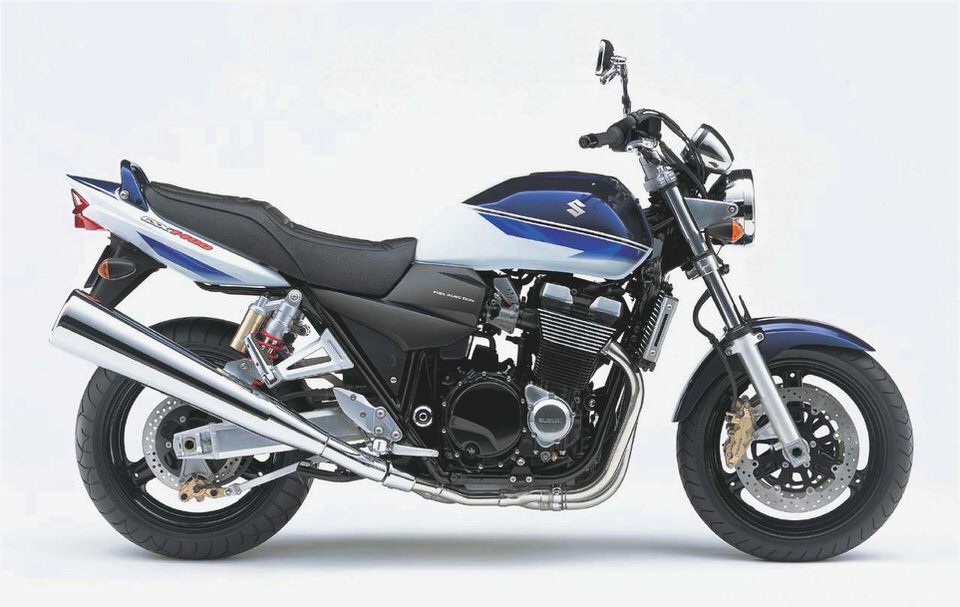
On the sides, the fairing has significantly slimmed-down compared to previous model years, contributing at cooling down the engine and making the bike lighter overall. On the right side, the lower part of the fairing blends perfectly in with the exhaust’s covering plate, creating the look of these two units being actually one.
The gas tank is very narrow while the seat isn’t as inclined as you would expect from a bike in its category and that can only mean enhanced comfort. What I like about the GSX-R series is that they don’t feature the sharp rear end, leaving room for a passenger to decently find its place on it.
Depending on the color scheme, you get a black or blue powdercoated frame, matching perfectly with 2010’s Blue/White, Blue/Silver schemes.
Press Reviews
Putting power to the ground on the Suzuki has never been an issue and most all commended its rider-friendliness, but when it comes to the “exhilaration factor” and sheer speed, the GSX-R is starting to show signs of its age. While it was slightly updated last year, this basic platform has been around since 2005. motorcycle-usa
More impressive is how the middleweight mill pulls from the smaller numbers on the legible tachometer. Midrange squirt now likely exceeds the Kawi ZX-6R and even the trick new R6, though my butt dyno still says the CBR600RR is the 599cc bike to beat in this respect. motorcycle
Suzuki engineers have played around with the engine but instead of seeking peak performance they have tried to make the engine more user friendly by increasing low to midrange performance. They have also opted to fit the Suzuki Drive Mode Selector, a three way power mode button designed to restrict power for the riders capabilities. MCN
The GSX-R600 saddle is surprisingly soft, though it didn’t get much testing on the track; tossing the relatively small bike around the infield revealed responsive handling and, thanks to a dry weight of 363 pounds, the bike changed direction quickly and easily. An electronic steering damper aids stability and eliminates most wobbles. motorcycles.about
. the GSX-R’s chassis is as brilliant as ever with fantastic stability on the binders, light steering and impressive grip from the new Bridgestones. The brakes are the biggest improvement in the chassis department, with the altered leverage ratio providing better feel and a more linear response; sportrider
This is an effortless and seamless powerplant that creates a fantastic sound and has a furious mien. Beyond the engine performance, the new GSX-R600 handles supremely, and continually asks the rider to push it harder. motorcycledaily
Price
Like Kawasaki, Suzuki did its best in keeping the 600cc sport bike decently priced and has actually achieved the same “performance” as Kawi along time. So in 2010, the Suzuki GSX-R600 starts at $10,399.
Conclusion
If we turn back and look at Suzuki’s strategy for the GSX-R 600 we can clearly notice that the next major revision awaiting is in 2011. But the question is: what more can be done to the most advanced middleweight model of this Nippon maker?
SPECIFICATIONS
Engine and Transmission
Chassis and Dimensions

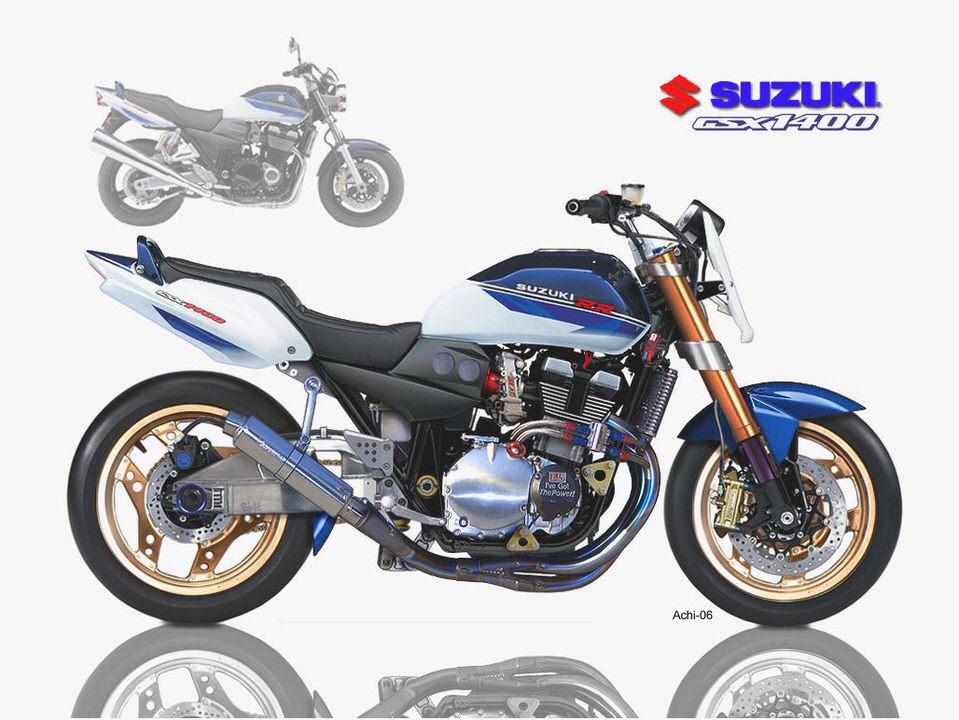

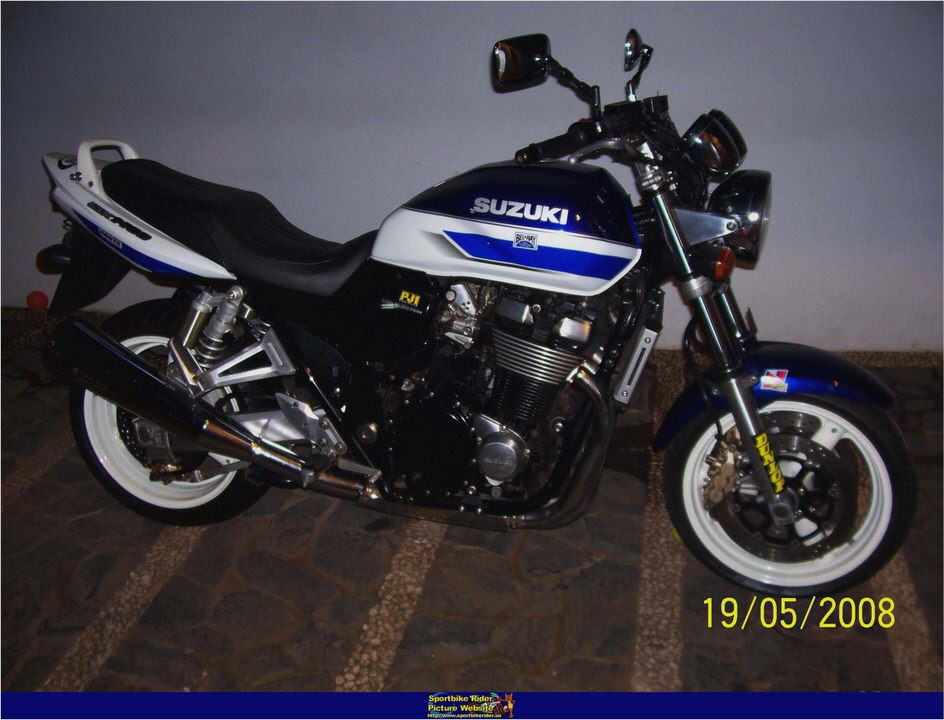
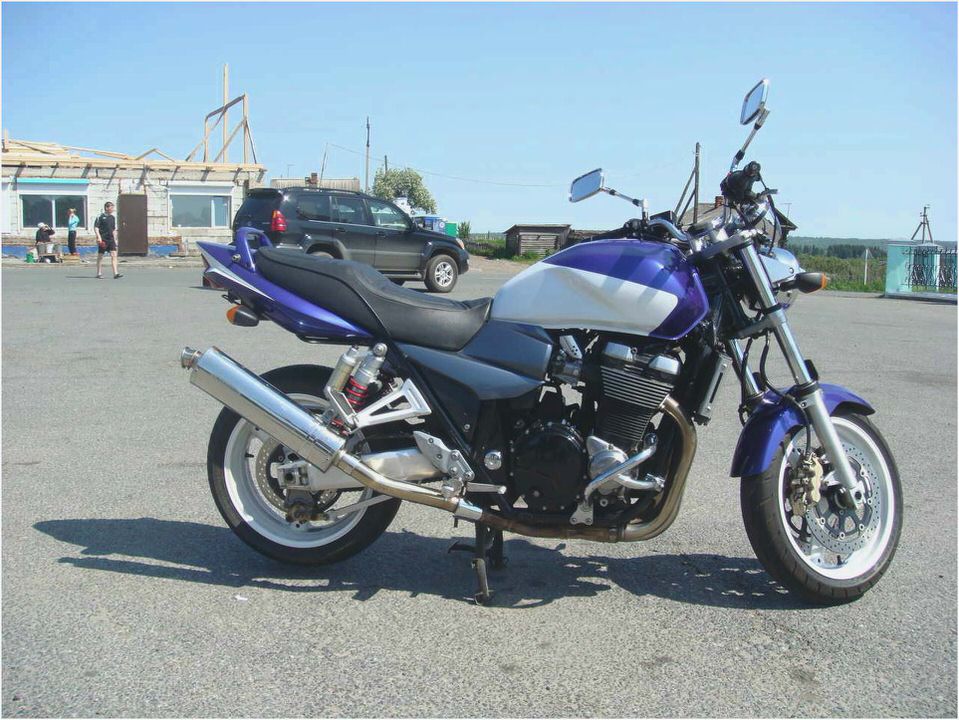
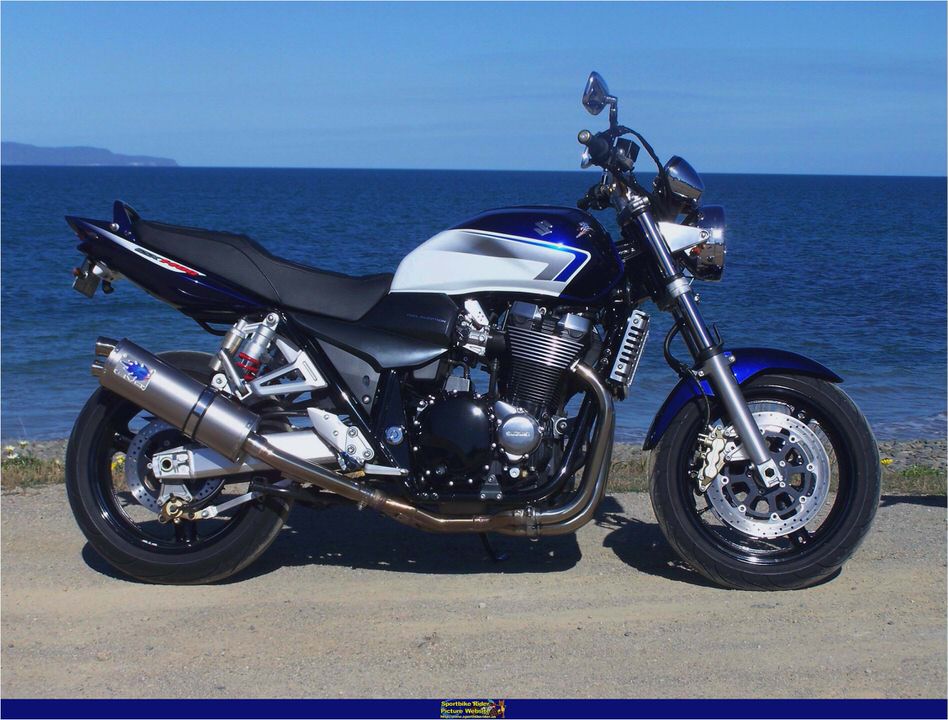
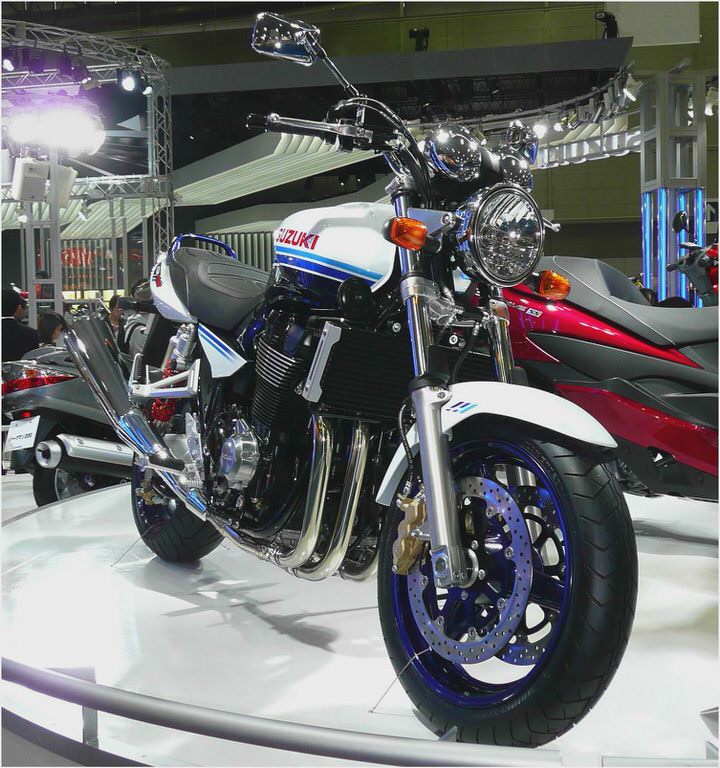
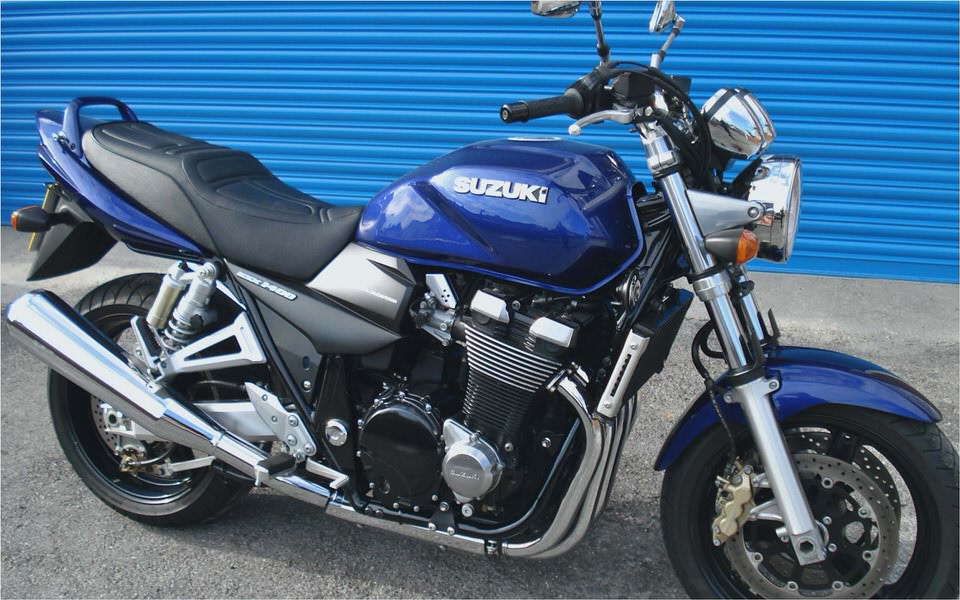
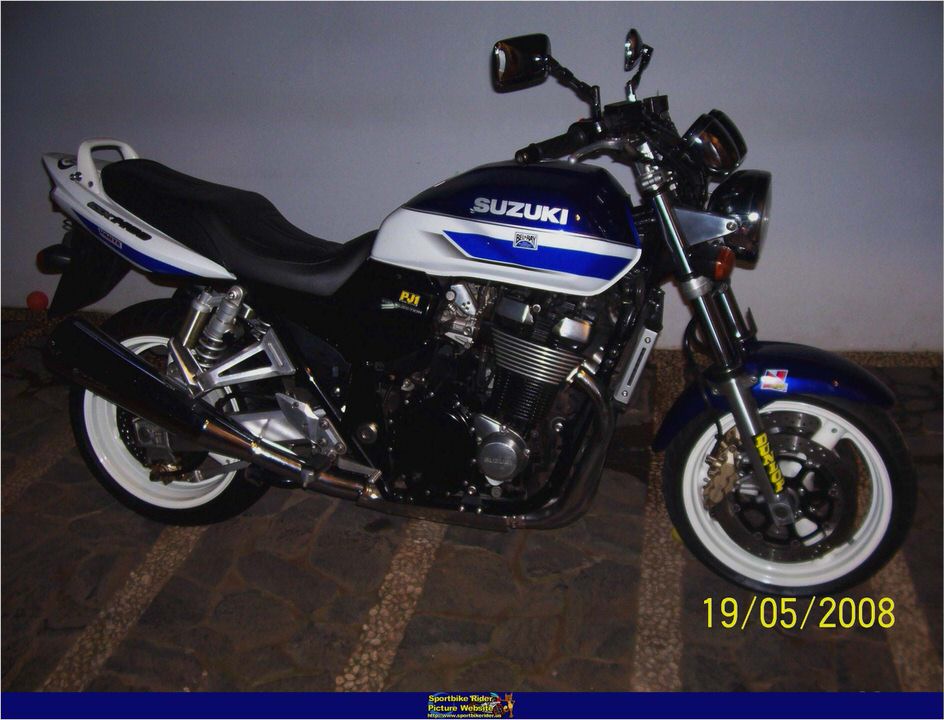
- Jason carr’s mousepad DR650 – Suzuki dr650 dualsport enduro
- Suzuki GS500F Specs eHow
- Suzuki M109R/VZR1800 Intruder CUSTOM !!!!!!!!!!SOLD!!!!!!!!!! How To…
- Suzuki’s TU 250 is cool fun! – Burlington Motorcycles Examiner.com
- Suzuki Hayate Suzuki Hayate Price India Suzuki Hayate Reviews Bik…

